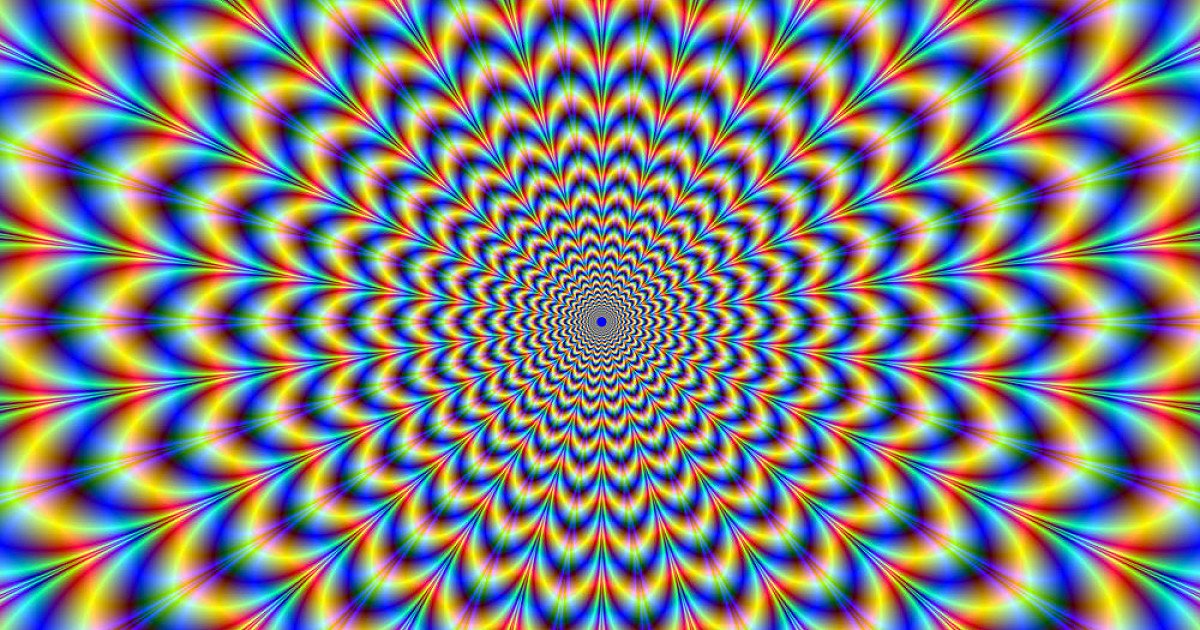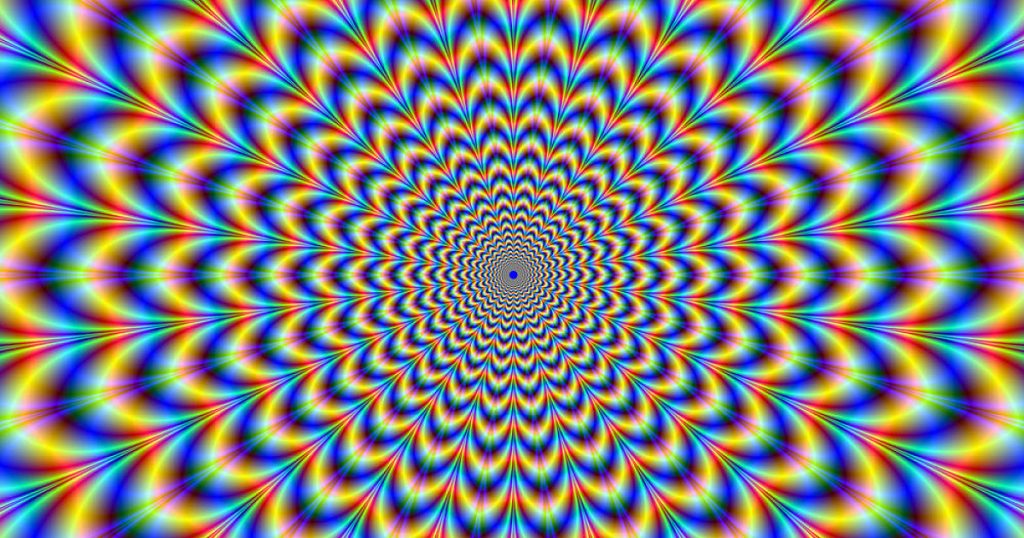Mushroom Drug Effects On Brain

Mushroom Drug Effects On Brain

Hallucinations. Vivid images. Intense sounds. Greater self-awareness.
Those are the hallmark effects associated with the world’s four most popular psychedelic drugs. Ayahuasca, DMT, MDMA, and psilocybin mushrooms can all take users through a wild mind-bending ride that can open up their senses and deepen their connection to the spirit world. Not all trips are created equal, though – if you’re sipping ayahuasca, your high could last a couple of hours. But if you’re consuming DMT, that buzz will last under 20 minutes.
Still, no matter the length of the high, classic psychedelics are powerful. Brain imaging studies have shown that all four drugs have profound effects on neural activity. Brain function is less constrained while under the influence, which means you’re better able to emotion. And the networks in your brain are far more connected, which allows for a higher state of consciousness and introspection.
These psychological benefits have led researchers to suggest that psychedelics could be effective therapeutic treatments. In fact, many studies have discovered that all four drugs, in one way or another, have the potential to treat depression, anxiety, post-traumatic stress disorder, addiction, and other mental health conditions. By opening up the mind, the theory goes, people under the influence of psychedelics can confront their painful pasts or self-destructive behavior without shame or fear. They’re not emotionally numb; rather, they’re far more objective.
Of course, these substances are not without their side effects. But current research at least suggests that ayahuasca, DMT, MDMA, and psilocybin mushrooms have the potential to change the way doctors can treat mental illness – particularly for those who are treatment-resistant. More in-depth studies are needed to understand their exact effects on the human brain, but what we know now is at least promising. Here, a look at how each drug affects your brain – and how that’s being used to our advantage.
Ayahuasca
Ayahuasca is an ancient plant-based tea derived from a combination of the vine Banisteriopsis caapi and the leaves of the plant Psychotria Viridis. Shamans in the Amazon have long used ayahuasca to cure illness and tap into the spiritual world. Some religious groups in Brazil consume the hallucinogenic brew as a religious sacrament. In recent years, regular folk has started to use ayahuasca for greater self-awareness.
That’s because brain scans have shown that ayahuasca increases the neural activity in the brain’s visual cortex, as well as its limbic system – the region deep inside the medial temporal lobe that’s responsible for processing memories and emotion. Ayahuasca can also quiet the brain’s default mode network, which, when overactive, causes depression, anxiety and social phobia, according to a video released last year by YouTube channel AsapSCIENCE. Those who consume it end up in a meditative state.
“Ayahuasca induces an introspective state of awareness during which people have very personally meaningful experiences,” says Dr. Jordi Riba, a leading ayahuasca researcher. “It’s common to have emotionally-laden, autobiographic memories coming to the mind’s eye in the form of visions, not unlike those we experience during sleep.”
According to Riba, people who use ayahuasca experience a trip that can be “quite intense” depending on the dose consumed. The psychological effects come on after about 45 minutes and hit their peak within an hour or two; physically, the worst a person will feel is nausea and vomiting, Riba says. Unlike LSD or psilocybin mushrooms, people high on ayahuasca are fully aware that they’re hallucinating. It’s this self-conscious tripping that has led people to use ayahuasca as a means to overcome addiction and face traumatic issues. Riba and his research group at Hospital do Sant Pau in Barcelona, Spain, have also begun “rigorous clinical trials” using ayahuasca for treating depression; so far, the plant-based drug has been shown to reduce depressive symptoms in treatment-resistant patients, as well as produce “a very antidepressant effect that is maintained for weeks,” says Riba, who has studied the drug with support from the Beckley Foundation, a U.K.-based think tank.
His team is currently studying the post-acute stage of ayahuasca effects – what they’ve dubbed the “after-glow.” So far, they’ve found that, during this “after-glow” period, the regions of the brain associated with sense-of-self have a stronger connection to other areas that control autobiographic memories and emotion. According to Riba, it’s during this time that the mind is more open to psychotherapeutic intervention, so the research team is working to incorporate a small number of ayahuasca sessions into mindfulness psychotherapy.
“These functional changes correlate with increased ‘mindfulness’ capacities,” Riba says. “We believe that the synergy between the ayahuasca experience and the mindfulness training will boost the success rate of the psychotherapeutic intervention.”

DMT
Ayahuasca and the compound N,N-Dimethyltryptamine – or DMT – are closely linked. DMT is present in the leaves of the plant Psychotria Viridis and is responsible for the hallucinations ayahuasca users experience. DMT is close in structure to melatonin and serotonin and has properties similar to the psychedelic compounds found in magic mushrooms and LSD.
If taken orally, DMT has no real effects on the body because stomach enzymes break down the compound immediately. But the Banisteriopsis caapi vines used in ayahuasca block those enzymes, causing DMT to enter your bloodstream and travel to your brain. DMT, like other classic psychedelic drugs, affects the brain’s serotonin receptors, which research shows alter emotion, vision, and sense of bodily integrity. In other words: you’re on one hell of a trip.
Much of what is known about DMT is thanks to Dr. Rick Strassman, who first published groundbreaking research on the psychedelic drug two decades ago. According to Strassman, DMT is one of the only compounds that can cross the blood-brain barrier – the membrane wall separating circulating blood from the brain extracellular fluid in the central nervous system. DMT’s ability to cross these divides means the compound “appears to be a necessary component of normal brain physiology,” says Strassman, the author of two quintessential books on the psychedelic, DMT: The Spirit Molecule and DMT and the Soul of Prophecy.
“The brain only brings things into its confines using energy to get things across the blood-brain barrier for nutrients, which it can’t make on its own — things like blood sugar or glucose,” he continued. “DMT is unique in that way, in that the brain expends energy to get it into its confines.”
DMT actually naturally occurs in the human body and is particularly present in the lungs. Strassman says it may also be found in the pineal gland – the small part of the brain associated with the mind’s “third eye.” The effects of overly active DMT, when ingested via ayahuasca, can last for hours. But taken on its own – that is, smoked or injected – and your high lasts only a few minutes, according to Strassman.
Although short, the trip from DMT can be intense, more so than other psychedelics, Strassman says. Users on DMT have reported similar experiences to that of ayahuasca: A greater sense of self, vivid images and sounds, and deeper introspection. In the past, Strassman has suggested DMT to be used as a therapy tool to treat depression, anxiety, and other mental health conditions, as well as aid with self-improvement and discovery. But studies of DMT are actually scarce, so it’s hard to know the full extent of its therapeutic benefits.
“There isn’t much research with DMT and it ought to be studied more,” Strassman says.

MDMA
Unlike DMT, MDMA is not a naturally occurring psychedelic. The drug – otherwise called molly or ecstasy – is a synthetic concoction popular among ravers and club kids. People can pop MDMA as a capsule, tablet, or pill. The drug (sometimes called ecstasy or molly) triggers the release of three key neurotransmitters: serotonin, dopamine, and norepinephrine. The synthetic drug also increases levels of the hormones oxytocin and prolactin, resulting in a feeling of euphoria and being uninhibited. The most significant effect of MDMA is the release of serotonin in large quantities, which drains the brain’s supply – which can mean days of depression after its use.
Brain imaging has also shown that MDMA causes a decrease in activity in the amygdala – the brain’s almond-shaped region that perceives threats and fear – as well as an increase in the prefrontal cortex, which is considered the brain’s higher processing center. Ongoing research on psychedelic drugs and the effects on various neural networks has also found that MDMA allows for more flexibility in brain function, which means people tripping on the drug can filter emotions and reactions without being “stuck in old ways of processing,” according to Dr. Michael Mithoefer, who has studied MDMA extensively.
“People are less likely to be overwhelmed by anxiety and better able to process experience … without being numb to emotion,” he says.
Last year, the U.S. Food and Drug Administration granted researchers permission to move ahead with plans for a large-scale clinical trial to examine the effects of using MDMA as a treatment for post-traumatic stress disorder (PTSD). Mithoefer oversaw the phase-two trials – backed by the Multidisciplinary Association for Psychedelic Studies (MAPS), an American nonprofit founded in the mid-1980s – that informed the FDA’s decision. During the study, people living with PTSD were able to address their trauma without withdrawing from their emotions while under the influence of MDMA because of the complex interaction between the amygdala and the prefrontal cortex. Since the phase two trials had strong results, Mithoefer told Rolling Stone in December that he expects the FDA to approve the phase three trial plans sometime early this year.
While research into MDMA’s use for PTSD treatment is promising, Mithoefer cautions that the drug not be used outside of a therapeutic setting, as it raises blood pressure, body temperature, and pulse, and causes nausea, muscle tension, increased appetite, sweating, chills, and blurred vision. MDMA could also lead to dehydration, heart failure, kidney failure, and an irregular heartbeat. If someone on MDMA doesn’t drink enough water or has an underlying health condition, the side effects can be life-threatening.

Psilocybin Mushrooms
Mushrooms are another psychedelic with a long history of use in health and healing ceremonies, particularly in the Eastern world. People tripping on ‘shrooms will experience vivid hallucinations within an hour of ingestion, thanks to the body’s breakdown of psilocybin, the naturally-occurring psychedelic ingredient found in more than 200 species of mushrooms.
Research out of the Imperial College London, published in 2014, found that psilocybin, a serotonin receptor, causes a stronger communication between the parts of the brain that are normally disconnected from each other. Scientists reviewing fMRI brain scans of people who’ve ingested psilocybin and people who’ve taken a placebo discovered that magic mushrooms trigger a different connectivity pattern in the brain that’s only present in a hallucinogenic state. In this condition, the brain’s functioning with less constraint and more intercommunication; according to researchers from Imperial College London, this type of psilocybin-induced brain activity is similar to what’s seen with dreaming and enhanced emotional being.
“These stronger connections are responsible for creating a different state of consciousness,” says Dr. Paul Expert, a methodologist and physicist who worked on the Imperial College London study. “Psychedelic drugs are a potentially very powerful way of understanding normal brain function.”
Emerging research may prove magic mushrooms are effective at treating depression and other mental health conditions. Much like ayahuasca, brain scans have shown that psilocybin can suppress activity in the brain’s default mode network, and people tripping on ‘shrooms have reported experiencing “a higher level of happiness and belonging to the world,” according to Expert. To that end, a study published last year in the U.K. medical journal The Lancet discovered that a high dose of mushrooms reduced depressive symptoms in treatment-resistant patients.
That same study noted that psilocybin could potentially treat anxiety, addiction, and obsessive-compulsive disorder because of its mood-elevating properties. And other research has found that psilocybin can reduce the fear response in mice, signaling the drug’s potential as a treatment for PTSD.
Despite these positive findings, research on psychedelics is limited, and consuming magic mushrooms does come with some risks. People tripping on psilocybin can experience paranoia or a complete loss of subjective self-identity, known as ego dissolution, according to Expert. Their response to the hallucinogenic drug will also depend on their physical and psychological environment. Magic mushrooms should be consumed with caution because the positive or negative effect on the user can be “profound (and uncontrolled) and long-lasting,” the Expert says. “We don’t really understand the mechanism behind the cognitive effect of psychedelics, and thus cannot 100 percent control the psychedelic experience.”
Correction: This article has been updated to clarify that Dr. Jordi Riba’s work is supported by the Beckley Foundation, not MAPS.






